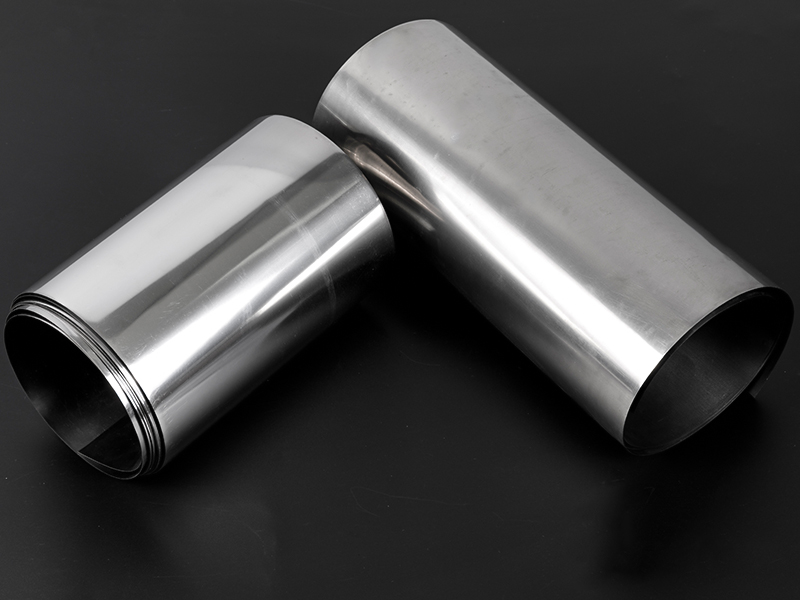When the hydrogen content in the titanium tube is too large, the impact toughness and notched tensile strength will drop sharply due to brittleness. Therefore, the hydrogen content in titanium tubes is generally not allowed to exceed 0.015%. To reduce the amount of hydrogen uptake, fingerprints, mill marks, grease and other residues should be removed before heat treating the part. There is no water vapor in the atmosphere of the heat treatment furnace. If the hydrogen content of the titanium tube exceeds the allowable value, it is removed by vacuum annealing. Vacuum annealing for dehydrogenation is usually maintained at a pressure of 538-760°C and a pressure below 0.066Pa for 2-4 hours.

When the temperature does not exceed 540 °C, the oxide film on the surface of the titanium tube will not thicken significantly, and at a higher heat treatment temperature (above 760 °C), the oxidation rate will rapidly accelerate, and with the passage of time, the oxygen The expansion will enter the material, forming a diffusion layer-contamination layer. Oxygen-contaminated layers have a high brittleness ratio, which can lead to cracks and surface damage to the part.
The contamination layer of oxygen can be removed by mechanical processing methods (such as sandblasting, chamber cutting, etc.) or chemical methods (such as pickling, chemical grinding, etc.). During heat treatment, the heating time should be as short as possible to ensure that the meteorite is heat treated. This is done in a vacuum furnace or heating furnace with inert gas (argon, nitrogen, etc.). Proper application can also avoid or reduce contamination of titanium tube parts when heated in an air furnace.








